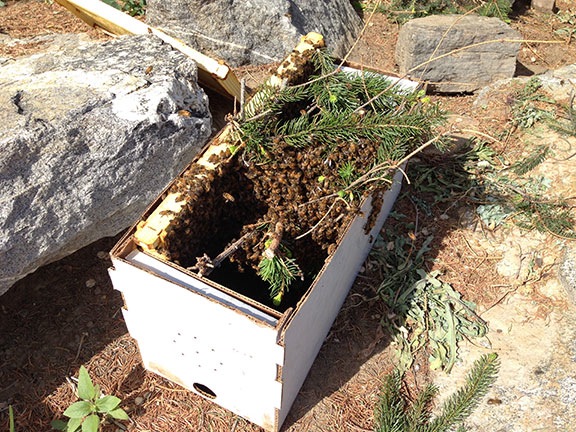Sad to see the dreams of a good man destroyed by taking bad advice.
I got some sad news not long ago. A very close former friend of mine sold his airplane.
He’d owned the plane for more than 10 years and had often told me of the role it would play in his retirement: he planned to become a CFI (certified flight instructor) and use the plane to do biennial flight reviews and some flight training. It was a goal I thought suited him and I supported it to the best of my ability — although there was nothing I could do beyond offering moral support and advice to help him achieve it. My advice: fly as often as you can, build time, build experience.
He didn’t take that advice.
I thought he was serious about that dream — like so many of the others he shared with me. But he never moved forward with any of them beyond making some notes on paper and buying domain names he’d never use. Maybe he wasn’t as serious as he led me to believe. I thought aviation, which we’d discovered around the same time, meant something to him. But apparently, it didn’t.
When he pissed off a friend whose hangar he was sharing and got the plane kicked out, the hangar he got in Scottsdale cost him far more each month, making the plane suddenly very costly to keep. (Some people just don’t know a good deal when they have one.) I suspect that was a factor in the plane’s sale in November 2013.
Not long afterward, he sold a condo he’d bought in Phoenix back in 2008. He’d bought as the housing market was falling but hadn’t quite hit bottom. He got what he thought was a good price, but the thing came with outrageous monthly maintenance fees that, when coupled with the mortgage, was a real financial burden on him. And, in all honesty, the place wasn’t very pleasant — its windows looked out onto a courtyard so there was no privacy unless the blinds were closed — which only made it darker and drearier than it already was. Most of the other units were owned by speculators and either empty or inhabited by renters. I’d advised him to buy the other condo he’d been looking at, a bright and airy second floor unit not far away.
He didn’t take that advice.
When he lost his job and got stuck in one he grew to hate, it seemed to me that he was working primarily to make payments on that condo. He was miserable most of the time, living in the condo part-time instead of the house he owned half of and used as his primary address. The house was completely paid off and far more comfortable, and it had a heck of a lot more light and privacy.
In 2011 and early 2012, I advised him to sell the condo, despite the fact that he owed a bit more than the market value. The loss would help on his tax returns and the sale would stop the bleeding of money for mortgage payments and maintenance fees. It would relieve his financial burden so he could live within his means and wouldn’t be a slave to the job he hated.
He didn’t take that advice.
I even offered to buy the place for what he owed. I’d take the loss. (I was a very good friend.)
He didn’t want to do that, either. Instead, he claimed he wanted to keep it as an investment and rent it out. And he expected me to help him.
But I’d already gone through the nightmarish experience of being a landlord and wanted no part of it. My refusal to get involved was one of the things that began the destruction of our friendship.
When I learned in March that he’d sold the condo in December, it made me sad. I knew that if he’d sold it when I advised, before he turned his back on our friendship, we’d still be friends. I don’t think he ever put a tenant in there, but I really don’t know. I can imagine him stubbornly paying the mortgage and taxes and maintenance fees on the place, month after month, before finally giving up.
The sell-off of his assets doesn’t really come as a big surprise. Nearly two years ago, he initiated a costly legal battle to end a long-term partnership and take possession of assets that weren’t his. He misunderstood the law governing the case. The very last time I had a chance to speak to him directly, back in December 2012, I tried to reason with him. I tried to make him understand how the law would be applied. His angry and defiant response proved that he had no idea what the law was. I urged him to talk to his lawyer, to have his lawyer explain it. I urged him to take the counteroffer he’d received from the other party — a counteroffer I know that party’s lawyers thought was far too generous.
But he didn’t take that advice.
It frustrated me. He’d always been so reasonable. He’d always understood the difference between right and wrong. He’d always had morals and principals that I could respect and look up to. But now he was acting unreasonably, doing something stupid and hurtful that was so obviously wrong. What had happened to him?
It didn’t really matter. By that time he was no longer my friend and never would be again.
 Instead, he listened to other, newer friends — including one he’d only recently met — friends who apparently either didn’t know the law or didn’t know the facts of the case. They told him he could get so much more if he just kept fighting. They fed him lies about the other party, convincing him that the other party had been using and manipulating him for years, convincing him that the other party was now an enemy and couldn’t be trusted.
Instead, he listened to other, newer friends — including one he’d only recently met — friends who apparently either didn’t know the law or didn’t know the facts of the case. They told him he could get so much more if he just kept fighting. They fed him lies about the other party, convincing him that the other party had been using and manipulating him for years, convincing him that the other party was now an enemy and couldn’t be trusted.
So he kept feeding his lawyers money — tens of thousands of dollars, month after month. (I don’t know why the lawyers didn’t set him straight; maybe he wouldn’t listen to them, either?) And he kept harassing the other party with legal action, hoping that other party would give in to his outrageous demands.
And while all this was going on, my old friend began to take on the financial responsibilities of his new friend, helping her with mortgage payments and the like. He likely justified this by living with her, leaving the condo that was costing him so much money every month empty. She kept urging him to fight, to take one action after another to wear the other party down. She even began directly issuing orders to his lawyers and feeding them incorrect information that she misinterpreted from things she read online. She was rabid in her hatred, insanely jealous — or maybe, by some accounts, just insane.
But the other party in this legal battle was in the right and wasn’t about to give in, especially after investing in a costly legal defense. The other party needed to win. And unlike my friend, the other party was living within their means so there was money to pay lawyers for the fight. And to keep paying as long as necessary to bring an end to the battle and closure to the wounds it had caused.
In the end, my old friend lost his legal battle. The other party was awarded far more than the December 2012 counteroffer would have given. (After all, it really was a generous offer.)
I suspect my friend thought he would pay his legal fees with the proceeds from his win. I suspect he and his new friend looked forward to celebrating their victory over the other party.
But there was no win, there was no big settlement. Even later accounting for other matters proved disappointing. There was no windfall coming. My friend had acted on bad advice and had lost all the money he’d spent on legal fees plus the additional amount he’d have to pay over that original counteroffer.
Ah, if only he had taken my advice!
My former friend’s downfall fills me with pity for him. Not only do I care very much for him and value the years of our friendship, but I’m sad that he remains so close with the people who led him astray, friends and a lover so full of hate and anger and greed that they can’t see facts and listen to reason. I’m sad that they have his ear and are likely, to this day, giving him advice that will only cost him more in the long run. I’m sad that a man I once thought the world of has become a greedy and delusional puppet.
So he sold the airplane that would give him his retirement “job.” And he sold the condo that he claimed he wanted to keep as an investment. And now he’s trying to sell the house he has part ownership of. Liquidating his assets — one can only assume that he has money problems.
Meanwhile, he’s failed to comply with court orders regarding the case and has to defend himself against legal action related to that. More legal fees because he failed to do the right thing. What will happen next? Who knows?
It’ll be interesting to see if the friends who led him astray step up to the plate and help bail him out of the mess he’s in.
I know that I won’t.
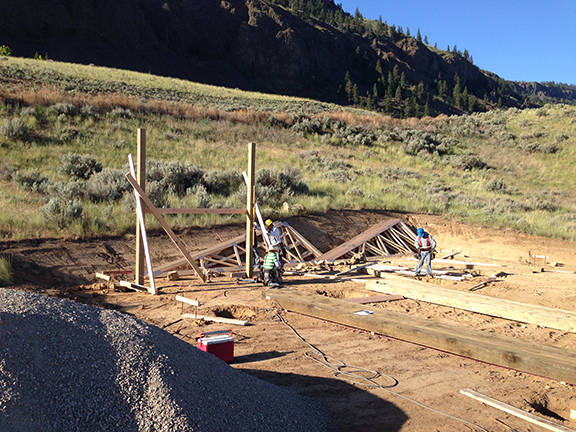






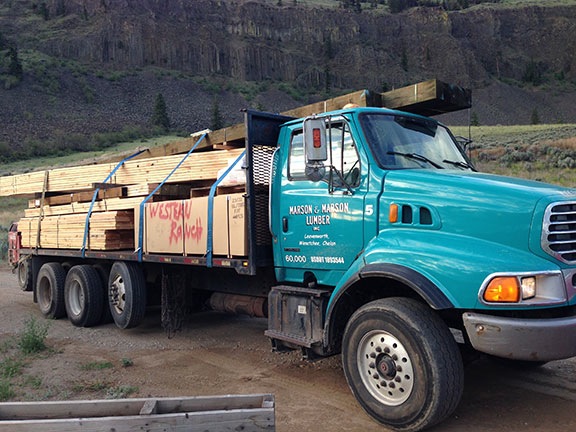
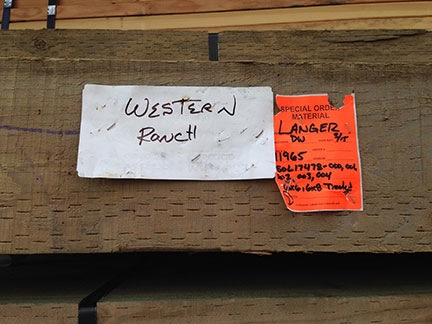

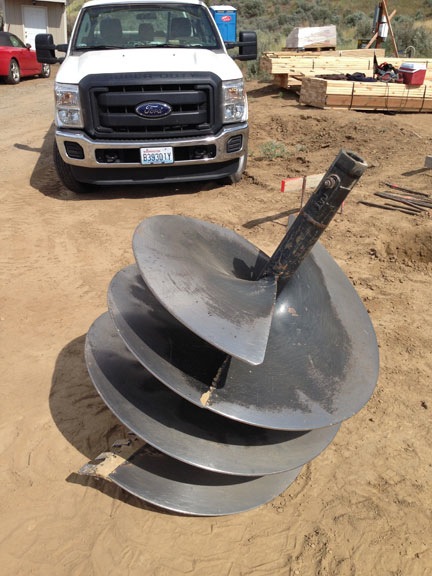
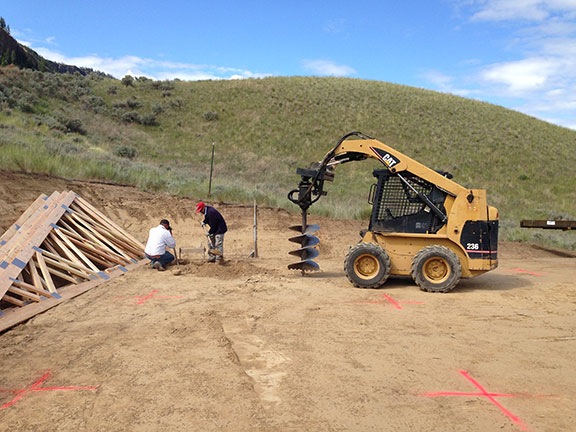
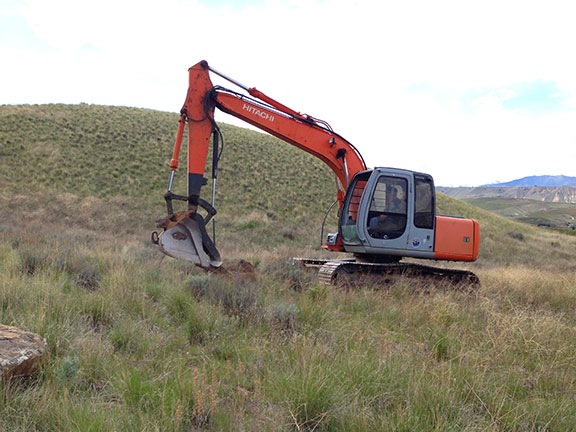
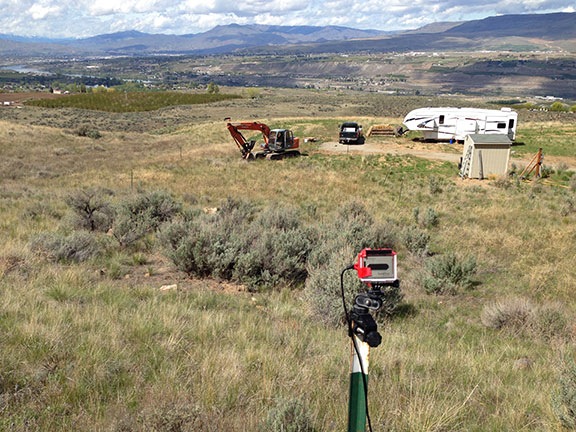
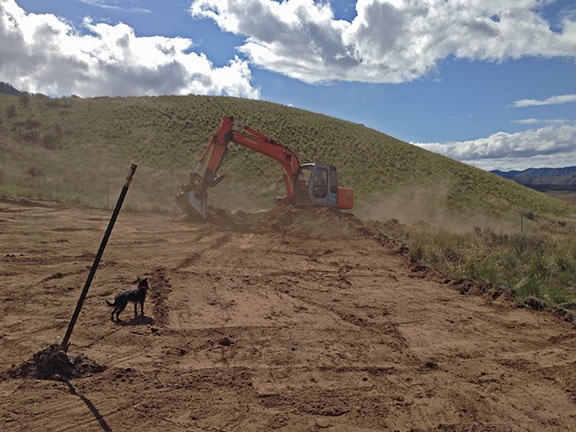
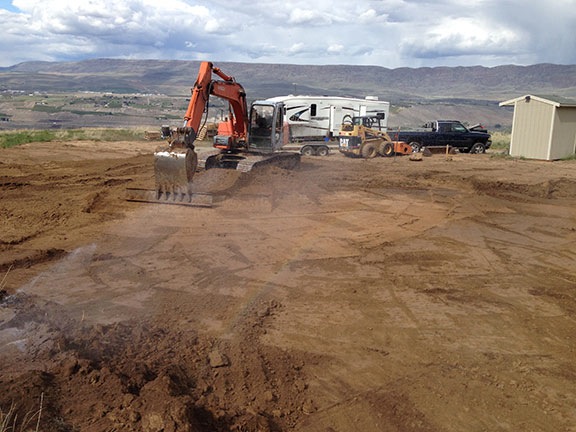

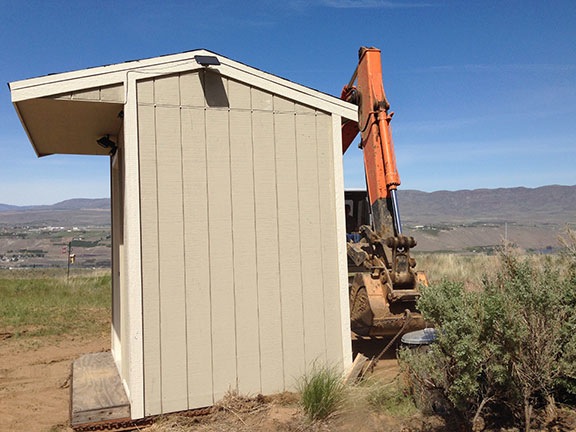
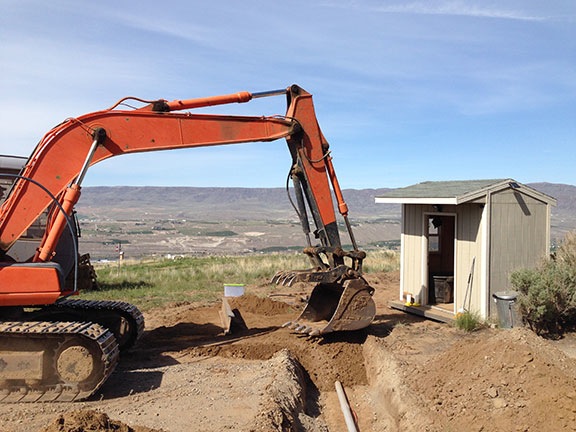
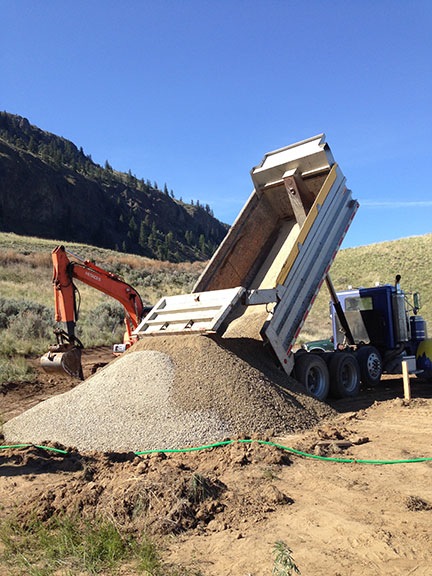

 Instead, he listened to other, newer friends — including one he’d only recently met — friends who apparently either didn’t know the law or didn’t know the facts of the case. They told him he could get so much more if he just kept fighting. They fed him lies about the other party, convincing him that the other party had been using and manipulating him for years, convincing him that the other party was now an enemy and couldn’t be trusted.
Instead, he listened to other, newer friends — including one he’d only recently met — friends who apparently either didn’t know the law or didn’t know the facts of the case. They told him he could get so much more if he just kept fighting. They fed him lies about the other party, convincing him that the other party had been using and manipulating him for years, convincing him that the other party was now an enemy and couldn’t be trusted.